In an era of rapid online growth and changing business dynamics, the warehousing landscape has experienced a pivotal shift in the USA. Traditional warehousing, with its expansive space and vast inventories, served industries well in the past. However, as the business climate evolves, there’s an evident shift from large warehouses to more sustainable, small warehouse spaces that offer the same benefits as their larger counterparts. This shift is not just about downsizing but about adapting to the needs of an agile market.
Defining Small Warehousing
Historically, the warehousing industry has been dominated by vast spaces—gigantic repositories where goods from different parts of the world congregated. However, the times are changing. A transition from these large storage facilities to more compact, efficient spaces is becoming increasingly noticeable. But what marks this shift?
In the logistics world, small warehouses represent adaptability and agility. Unlike their massive counterparts, which are cumbersome and often inflexible, these spaces align more closely with the evolving needs of modern businesses. To learn more about small warehouses, visit our ‘Explore our Spaces‘ page.
The Rise of Small Business and Technology’s Role in Enabling It
With the consistent growth of small and medium businesses in the USA, the demand for operational efficiency has skyrocketed. Technology has played a pivotal role in this surge. Sophisticated inventory management systems, AI-driven forecasting tools, and other tech solutions have empowered smaller businesses to compete in a crowded marketplace. This advancement has fostered a symbiotic relationship with the rise of small warehousing.
- Growing SMB Landscape: The USA has seen a steady rise in small to medium businesses, driven by innovation and niche market solutions.
- Technology’s Influence: Advanced tools enable these businesses to predict demands, manage their stocks efficiently, and ensure swift deliveries—making small warehousing a feasible solution.
The intertwining growth of technology and small-to-medium businesses in the USA is undeniably shaping the future of any business, online or not. As technology continues to break barriers and democratize access to sophisticated tools, even the smallest of businesses can now operate with an efficiency previously reserved for giants.
Small warehousing, a trend emerging hand in hand with these developments, showcases how adaptable and resilient the US business landscape is becoming. By leveraging this powerful combination of technological advancement and strategic warehousing, SMBs are poised to define the next era of American business.
Why the USA is Embracing Small Warehouses
The USA’s business paradigm, coupled with increasing online demands, has drastically changed over the past decade. The need for businesses to be closer to their customer base has made small warehousing a sought-after solution.
- E-Commerce Explosion: The rapid growth of online shopping means customers expect quicker deliveries. Small warehouses, strategically placed, can cater to this demand.
- Multiple Distribution Points: With a dispersed customer base, having multiple distribution points ensures businesses can meet varying demands swiftly.
The transformation of the business landscape in the USA, accelerated by e-commerce, calls for strategic adaptability. Small warehouses stand as a testament to this evolution, bridging the gap between businesses and their geographically diverse customers. As businesses continue to navigate the expectations of the modern consumer, it’s clear that embracing small warehousing isn’t just a trend—it’s a forward-thinking approach to ensuring sustained growth and customer satisfaction in the ever-evolving American market.
Benefits of Opting for Small Warehouse Space in the US
In recent years, many businesses have been reevaluating their logistical needs, discovering the multifaceted advantages of smaller warehouse spaces. From heightened cost efficiency to more personalized customer interactions, these compact storage solutions are not just about saving space; they’re about enhancing every aspect of the supply chain.
Let’s delve into the specific benefits that small warehouse spaces in the US bring to the table for businesses, especially those looking to gain an edge in today’s competitive market.
Faster Fulfillment & Delivery
In the age of next-day or even same-day deliveries, the emphasis on speed cannot be overstated. Small warehouses, typically located closer to urban centers or customer clusters, offer:
- Swift Movement: Reduced travel distances mean faster deliveries.
- Adaptability: Quick adjustments to shifting market trends and emerging consumer demands ensure businesses remain agile.
These factors combine to make small warehouses the linchpin of modern, efficient supply chains.
Cost Efficiency
One of the primary reasons businesses are leaning towards smaller warehouse spaces is the considerable cost-saving potential. When compared to the larger, traditional warehouse spaces, the rental costs of smaller facilities are significantly more affordable. But the savings don’t stop there. Operating a smaller space naturally leads to a reduction in utility bills and general upkeep costs. These combined savings can make a substantial difference in the bottom line for businesses, especially those in their formative years or those looking to optimize operational expenses.
If you are looking for efficient and cost-effective small warehouses, visit our locations page.
Flexibility and Scalability
The business landscape is anything but static. Demand can fluctuate based on a myriad of factors, from seasonal changes to sudden promotional activities. Small warehouses offer businesses the agility to scale their operations up or down based on these fluctuating needs. Instead of being tied down to a large space (and its associated costs) during slower periods, businesses can optimize their storage needs in real-time.
This flexibility ensures they’re always primed to take advantage of peak periods without being burdened during lulls.
Improved Inventory Management
Inventory management is a balancing act, and small warehouses facilitate:
- Enhanced Oversight: Concentrated space allows for meticulous monitoring of stock levels.
- Balance: Minimize risks associated with overstocking or understocking, ensuring optimal inventory levels.
Effective inventory management not only optimizes storage but also fortifies the trust businesses build with their customers.
Personalized Customer Service
Proximity to consumers provides businesses with a competitive edge:
- Regional Insights: Being close to the market offers a better understanding of regional trends and preferences.
- Tailored Offerings: The ability to adapt products or services based on the specific demands of the local populace.
Harnessing these advantages allows businesses to foster deeper, more meaningful connections with their clientele.
The Future of Small Warehousing in the USA
The trajectory of small warehousing in the USA is not just a fleeting trend—it’s shaping up to be the future of logistics and commerce. As businesses continually prioritize agility, efficiency, and a customer-centric approach, the importance of these compact storage solutions grows exponentially.
These factors indicate that the future of small warehousing in the USA is not just promising—it’s pivotal. Businesses that adapt to this shift and maximize their potential are positioning themselves for success in a rapidly changing commercial landscape.
Hyper-Local Strategie
The push for hyper-local strategies is clear. Businesses are realizing the value of connecting with local communities, understanding regional nuances, and delivering tailored experiences. Small warehouses, by virtue of their size and strategic placements, will be central to executing these hyper-local strategies.
Rapid Response Times
In an age where immediacy is increasingly becoming a consumer expectation, the ability to quickly process and ship out orders is crucial. Small warehouses, especially when dispersed across key locations, allow businesses to cut down delivery times significantly, ensuring that customer satisfaction remains high.
Environmental Considerations
The sustainability angle is also worth noting. Smaller warehouses, when operated efficiently, have the potential to leave a reduced carbon footprint, especially when considering shorter transportation routes and optimized energy usage. As more businesses become environmentally conscious, this could be another driving factor in the rise of small warehousing.
Pioneering the Future with Small Warehousing Solutions
The rise of small warehousing in the US signifies a larger shift in the business landscape—a move towards agility, efficiency, and customer focus. As businesses in the USA continue to evolve, embracing small warehouses might just be the key to unlocking unparalleled operational efficiency and customer satisfaction. If you’re a business aiming to edge ahead in this competitive market, it’s time to consider the multifaceted benefits of small warehousing in your operations.
Are you interested in seeing how a small warehouse could enhance your business? Book a tour to visit one of our many conveniently located facilities across the US, or speak with one of our experts.
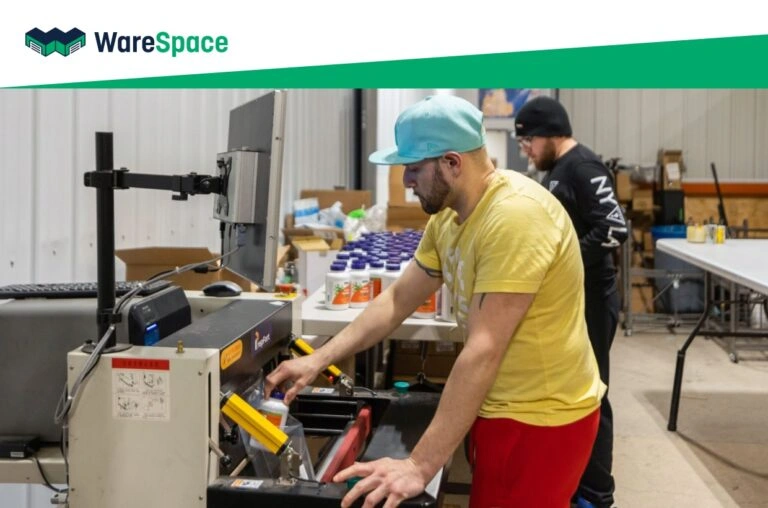
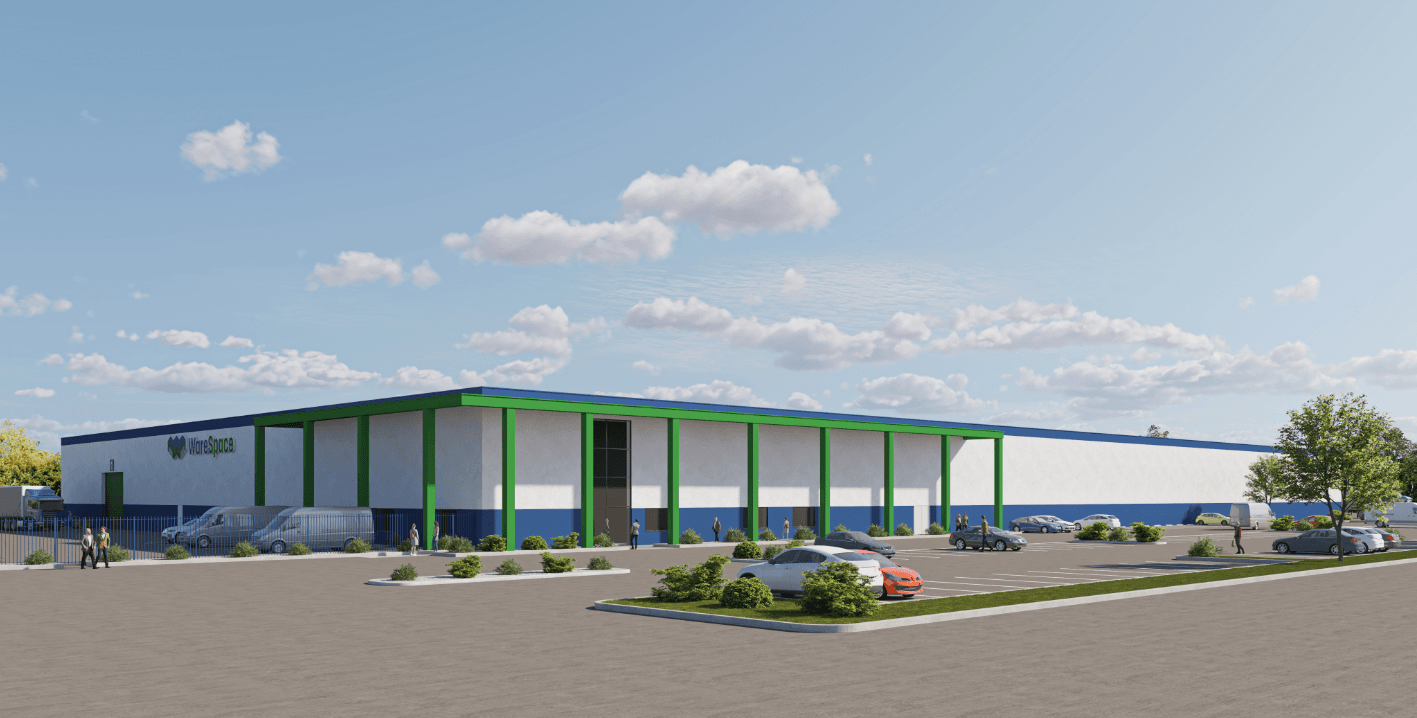
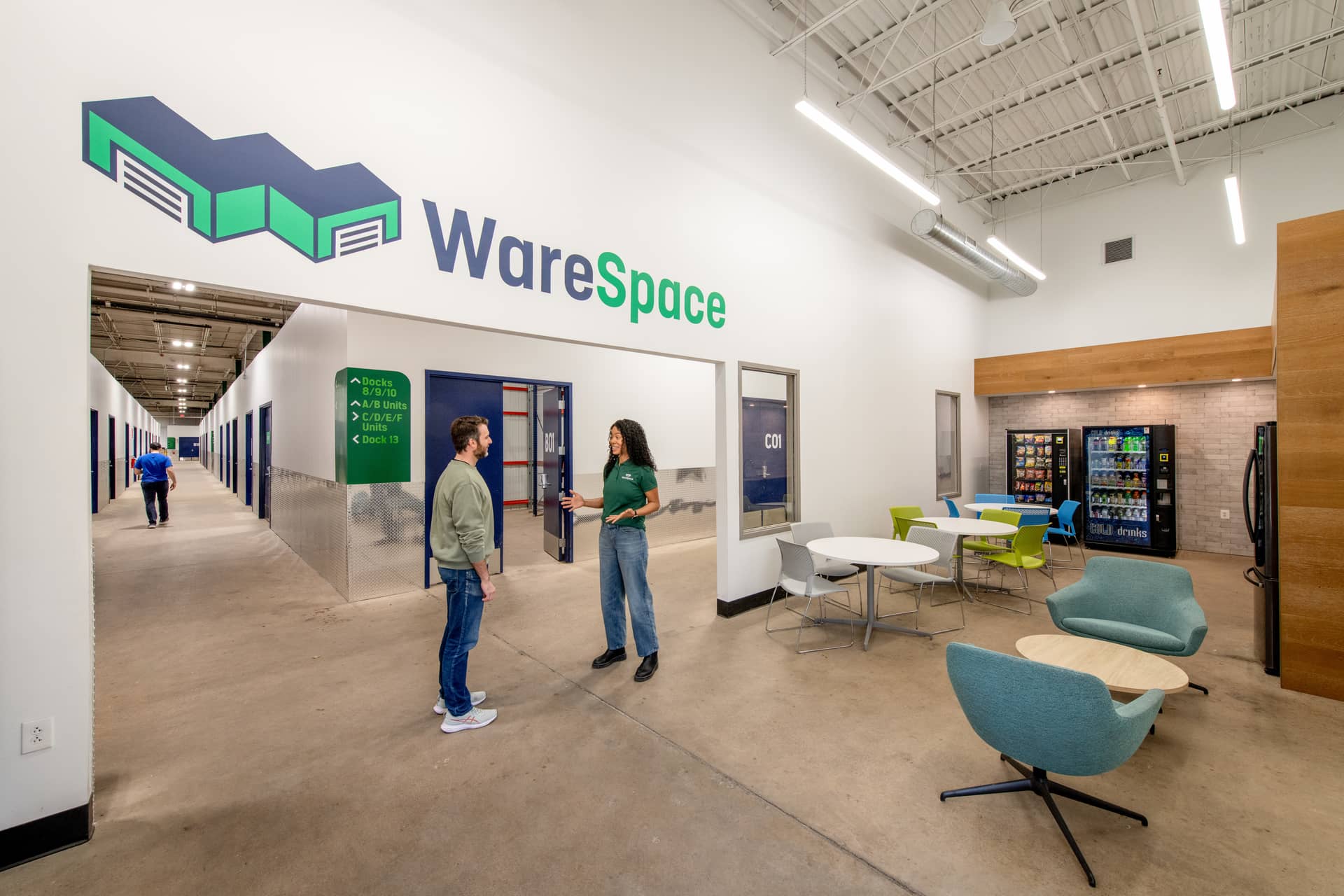

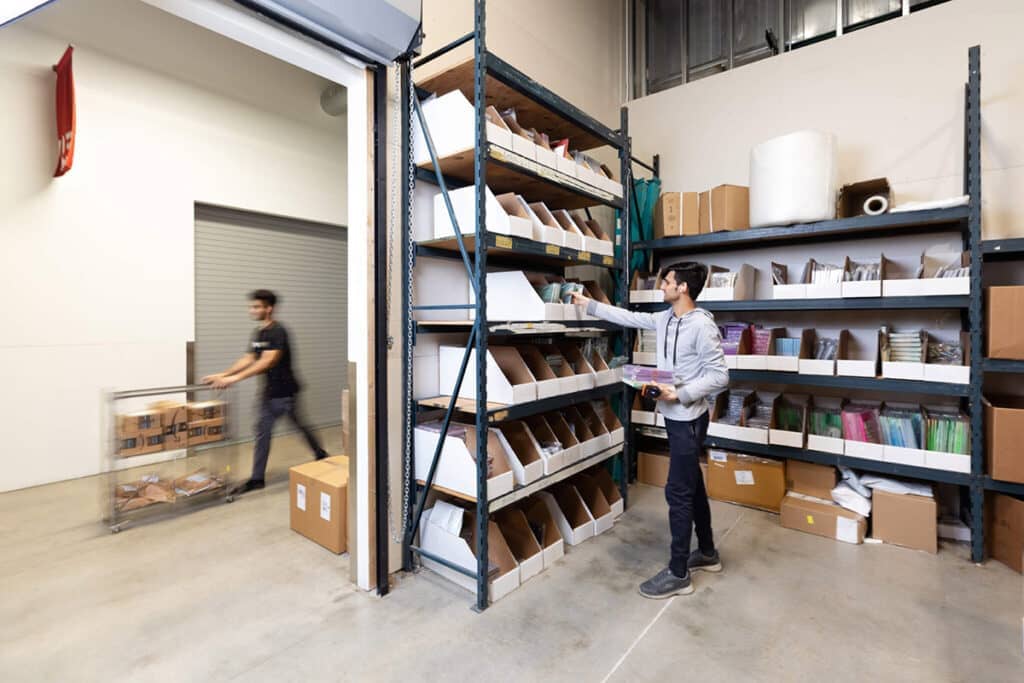
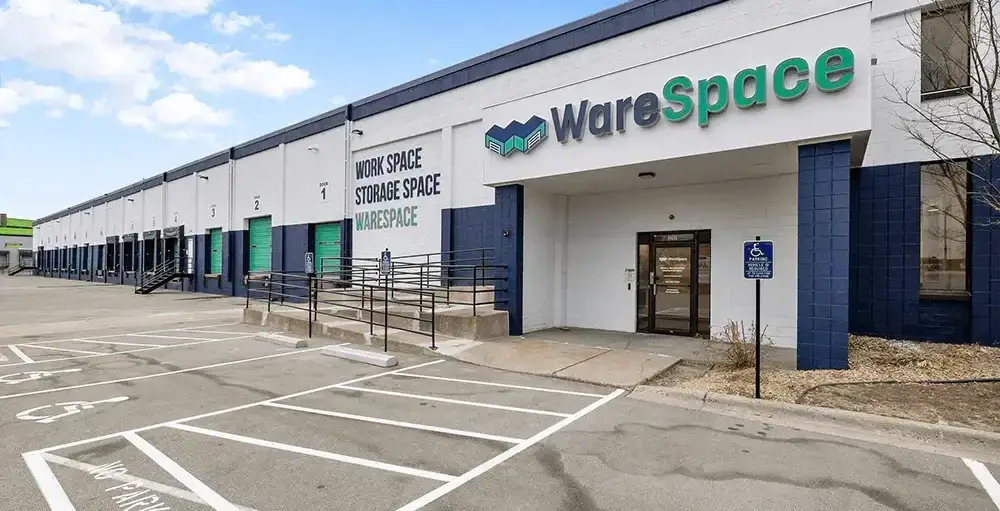
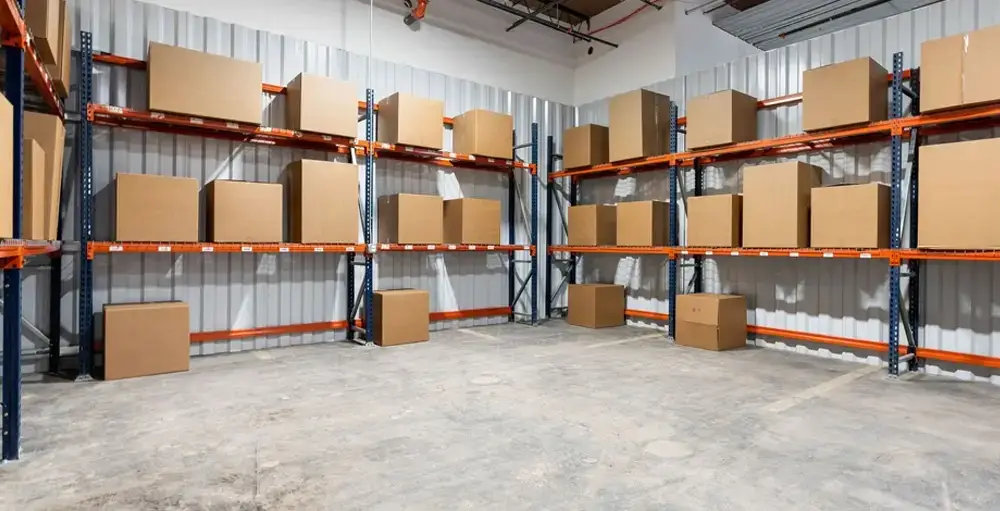
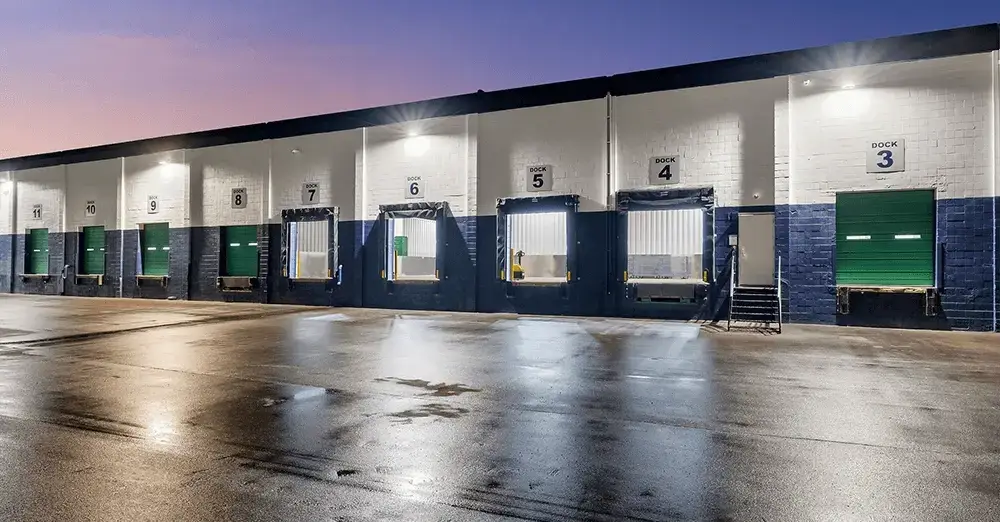
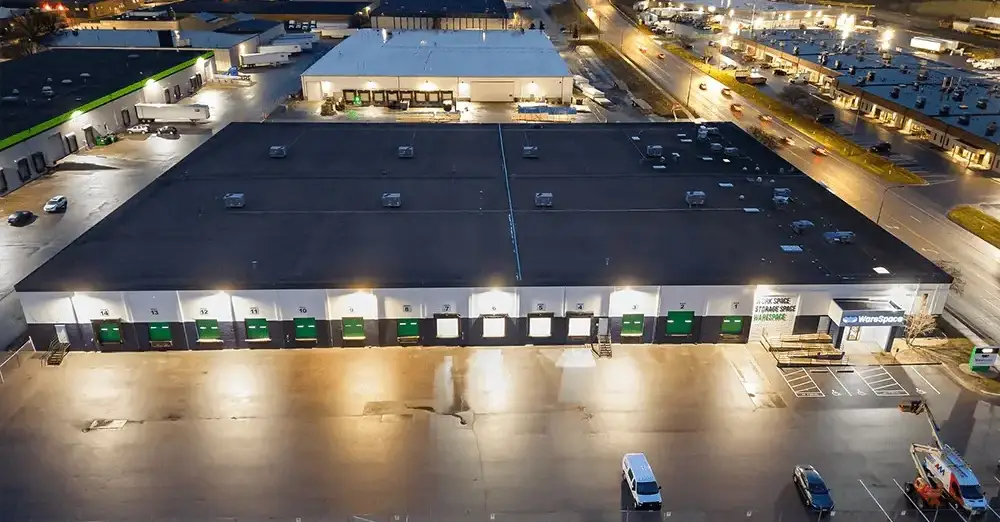











 ►
Explore 3D Space
►
Explore 3D Space